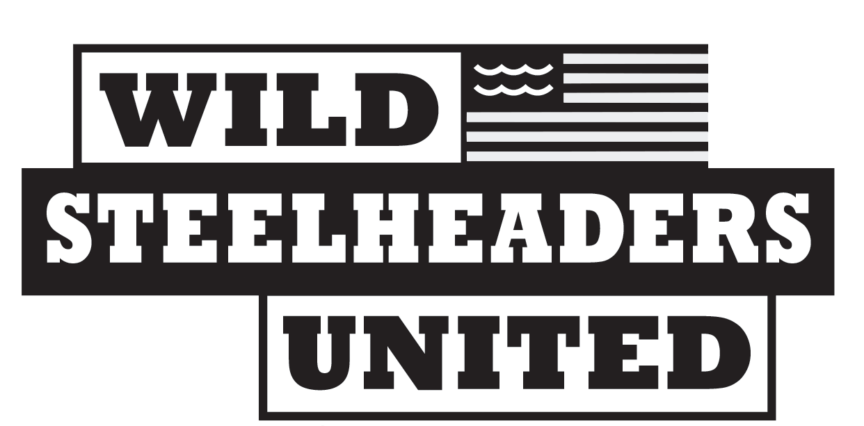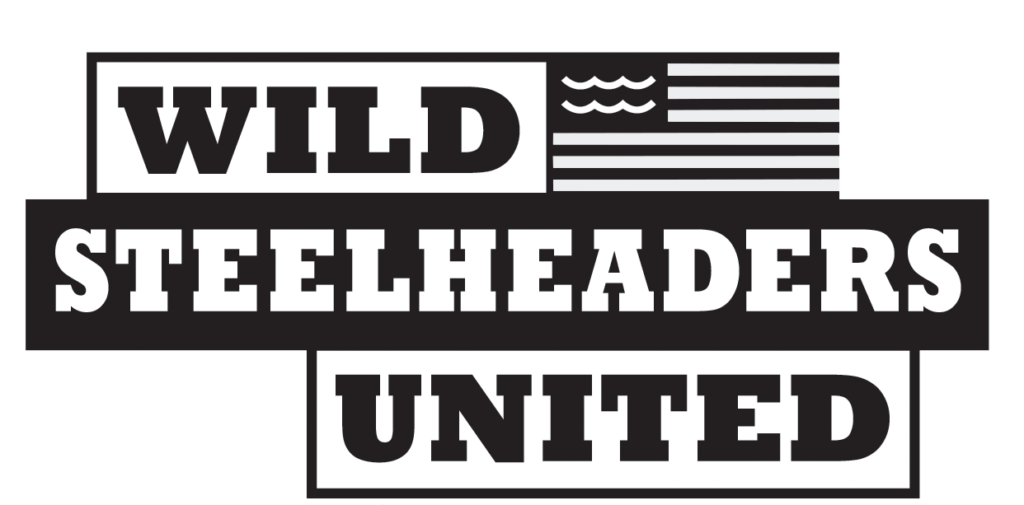
“It’s FINALLY over!” is a common refrain heard recently and sums up how most of us feel about the year 2020. Let’s face it: last year was pretty darn difficult, in a lot of ways.
Yet here at Wild Steelheaders United, our relentless optimism (we are rabid steelhead anglers, after all) and staunch commitment to science-based solutions and angler-driven advocacy continued to pay dividends. And when we tallied everything up, our efforts – and yours – over the past twelve months helped deliver some impressive advances in wild steelhead conservation, despite the unprecedented challenges of the year.
Our highlights include:
- Production and premiere of a new film on a TU-led effort to document the presence of wild steelhead in small streams in southwest Alaska. Anadromous Waters follows our intrepid Alaska staffer Mark Hieronymus and TU film maker Josh Duplechian as they use rod and reel to record the presence of wild steelhead in streams small enough to be overlooked by resource managers but which may be highly productive for steelhead. These data may qualify such streams for inclusion in the State of Alaska’s “Book of Anadromy” which is used to determine which streams should get enhanced protections.
- Production and premiere of a new film from award-winning filmmaker Shane Anderson, on the remarkable recovery of summer run steelhead in Washington’s Elwha River. Rising from the Ashes tells the story of wild summer steelhead in the Elwha – once believed to be extirpated in this watershed — that have staged an unexpected comeback in the few years since two dams were removed, and the excitement this has generated among scientists (WSI senior scientist John McMillan’s snorkel surveys played a major role in documenting this phenomenon). As the Covid-19 crisis prevented us from staging the premiere in a traditional theater venue, we worked through our social media channels to roll out the film and do live interviews with the production team and main characters.
- Launch of the John Day Steelhead Project. Biologists with the Oregon Department of Fish and Wildlife wanted to boost the collection of data on wild steelhead in the John Day River, using acoustic tags to track their movements. But ODFW needed more tags. So Wild Steelheaders United, through our Oregon field coordinator Kyle Smith, organized our first on-line fundraiser, with support from businesses such as Little Creek Outfitters. Our goal was to raise $10,000. But within three weeks we had surpassed that goal and ultimately raised a whopping $14,000. The acoustic tags purchased with these funds are now swimming with wild steelhead and providing invaluable data to our fisheries managing agencies.
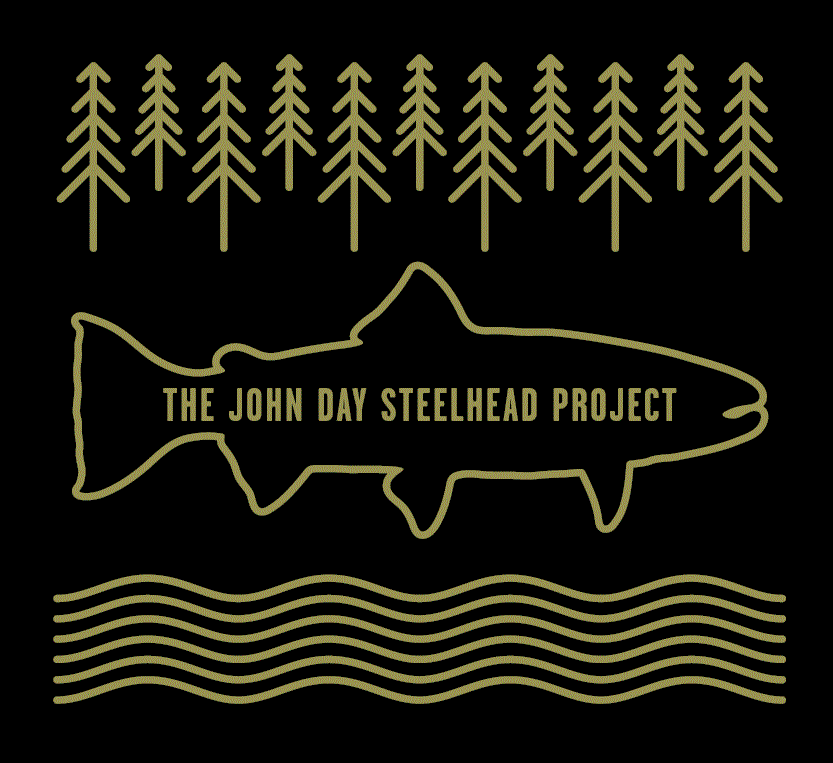
- Establishment of Cold Water Refugia. In 2020, Wild Steelheaders staff Chandra Ferrari and Kyle Smith played a lead role in urging the Oregon Fish and Wildlife Commission to adopt seasonal regulations that will permanently protect thermal sanctuaries for steelhead (typically at the confluence of mainstem rivers with coldwater tributaries) in the Columbia River system from the impacts of concentrated angling. In August, the Commission approved such rules for Herman Creek, Eagle Creek, and at the mouth of the Deschutes River during summer months, when temperatures in the Columbia consistently exceed 70 degrees Fahrenheit and can be lethal to summer steelhead.
- Preservation of steelhead angling on the Olympic Peninsula. A persistent long-term decline in wild steelhead populations on “the OP” has caused deep concern among steelhead advocates and the Washington Department of Fish and Wildlife about the viability of these populations in the face of climate change, habitat degradation and ever-more-effective angling pressure. Faced with the prospect of these populations being listed under the Endangered Species Act, WDFW staff made the decision to adopt more restrictive angling regulations, including a ban on angling from a boat and use of artificial flies/lures and single barbless hooks only. These rules are intended to give these beleaguered stocks a bit of breathing room, while still offering angling opportunity. John McMillian and Jonathan Stumpf of Wild Steelheaders joined other conservation and angling groups to preserve angling opportunity in the face of declining adult returns and help keep the best advocates for wild steelhead on the water.
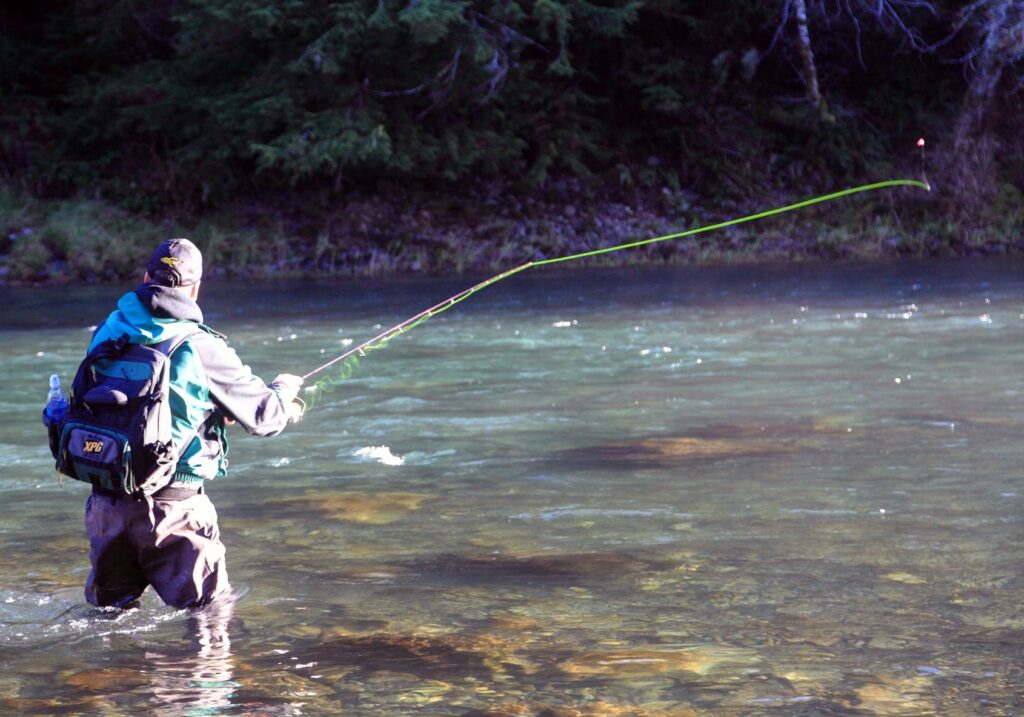
- Major milestones in the long campaign to restore the Klamath River. The Klamath River, straddling the Oregon-California border, once was the third most productive salmon and steelhead fishery on the West Coast. TU and Wild Steelheaders have worked for years to support formal agreements, including the Klamath Hydroelectric Settlement Agreement, that would remove four old, fish-blocking dams and restore access to some 400 miles of good spawning and rearing habitat. Last year, the Federal Energy Regulatory Commission approved the conditional transfer of the operating license for the dams to the Klamath River Renewal Corporation (KRRC) for the purpose of decommissioning the dams, and in November the States of California and Oregon, the Yurok and Karuk Tribes, the utility PacifiCorp, and the KRRC signed a Memorandum of Agreement affirming their shared commitment to removing the four dams and resolving lingering questions about liability.
- Creation of a multi-species fishery management plan for SW Oregon. Only a few rivers in Oregon, including legendary waters such as the Rogue and Chetco, still allow harvest of wild steelhead. A lack of good data around wild steelhead populations, and concerns about their long-term viability, in these and other coastal rivers in this region has troubled fisheries managers and many local anglers. ODFW initiated a collaborative process to address the data gaps and to review and update angling regulations as needed. Wild Steelheaders’ engagement in this process has helped make the case for limiting wild steelhead harvest (while still allowing harvest of hatchery fish) in this region until we have a better handle on adult return and harvest numbers for wild fish. This work will continue in 2021.
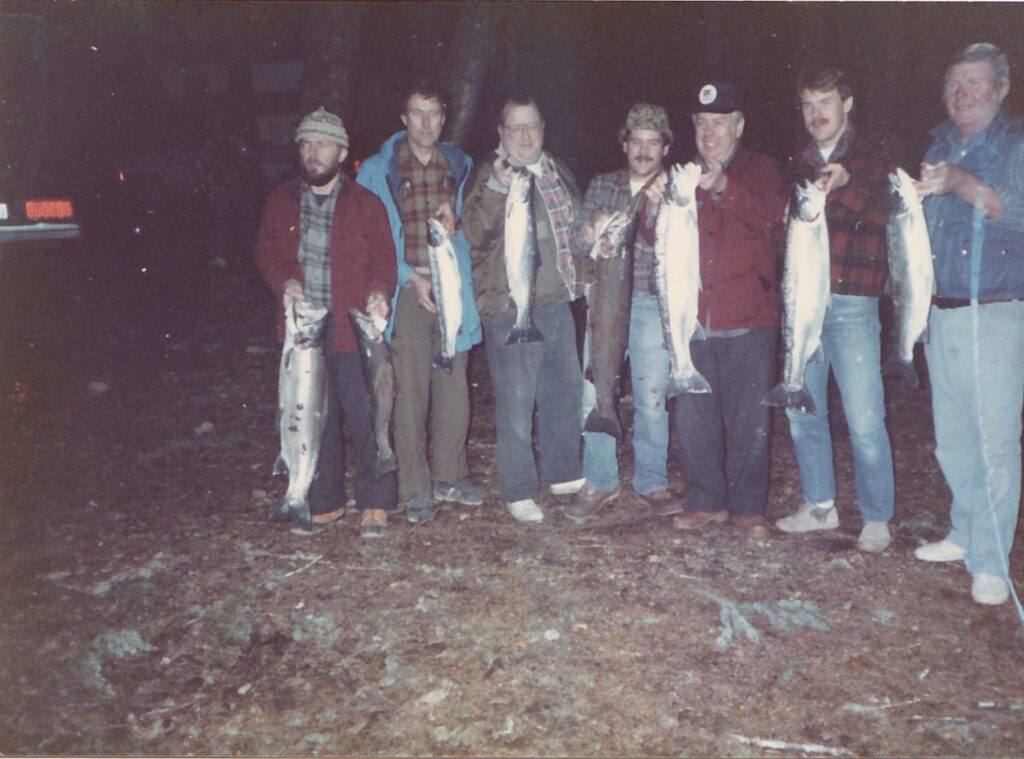
- Launch of the Quicksilver Portfolio. The Quicksilver Portfolio is a plan for conserving and rebuilding wild steelhead runs in Puget Sound rivers while providing for a diversity of angling opportunities. This plan, developed over three years by the Puget Sound Steelhead Advisory Group, kicked off in May 2020. The concept behind this plan – an adaptive approach to maximize adult returns and minimize risks for sea-run O. mykiss – stems from a concept advanced by Wild Steelheaders science director John McMillan and TU’s Rob Masonis. The portfolio includes a mix of continued and new hatchery production, wild broodstock-powered conservation and potential fisheries for a few streams, and greater opportunity for catch-and-release fishing on native runs elsewhere as returns allow. The concept prioritizes reserving the best remaining wild steelhead streams for catch-and-release only angling (e.g. the Sauk and Skagit Rivers) while other streams will remain open for sustainable, scientifically defensible harvest (e.g. the Skykomish River). Masonis and Wild Steelheaders’ Jonathan Stumpf are members of the advisory group that worked with state and federal fishery managers to refine and implement the portfolio.
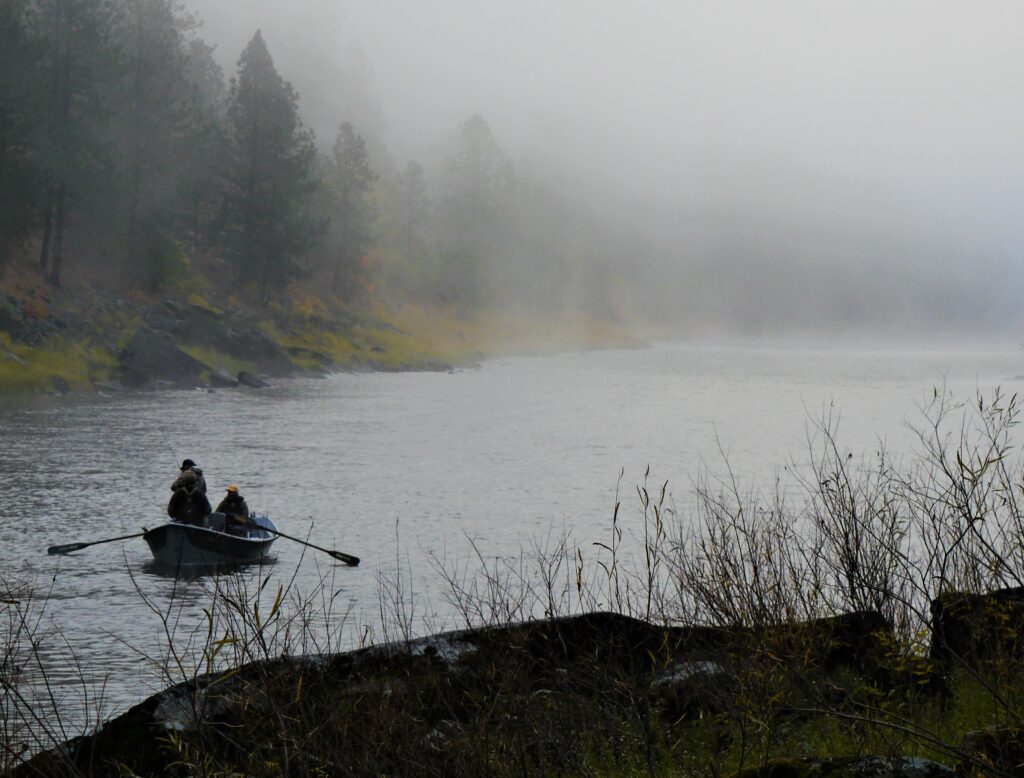
- Governor’s Salmon Workgroup. Idaho’s Gov. Brad Little convened a formal workgroup in April 2019 to develop a “collaborative, consensus driven, public process to restore abundant, sustainable and well distributed populations of salmon and steelhead in Idaho….” Wild Steelheaders and Trout Unlimited were represented on this group by Idaho Director Kira Finkler and North Idaho Field Coordinator Eric Crawford. The group also included representatives from the conservation community, guides, water users, power producers, shipping ports, agriculture, tribes and elected officials. Over sixteen meetings TU and Wild Steelheaders urged a science-based approach that would both restore the Snake to a freer-flowing state and resolve the cultural and economic interests of all stakeholders. The Workgroup delivered its final report to Gov. Little in January 2021 and recommended a variety of actions to improve conditions for fish. As the Workgroup was not able to evaluate all options for achieving fishery restoration goals (specifically, removal of the four Lower Snake dams), TU and Wild Steelheaders will continue to urge Congress to address this decades-old problem comprehensively.
- Expansion of the Wild Steelheaders sonar monitoring program. No other conservation group has more subject matter expertise in the use of sonar technology to monitor populations of salmon and steelhead than Wild Steelheaders United. In 2020, for the fourth consecutive year we operated our own sonar monitoring system on an important Oregon coastal river (the name of which we are intentionally not publicizing), collecting invaluable data around the clock. We also partner with resource agencies currently operating sonar in other rivers in three Western states, to collect and analyze run and species data. And, we are working with tech experts to develop AI facial recognition software that will greatly streamline review of data collected with sonar.
- Resolving angler conflicts in Idaho’s Clearwater River. The Clearwater River Fisheries Working Group was formed in the fall of 2020 by the Idaho Department of Fish and Game to alleviate perceived conflict between fall chinook anglers and steelhead anglers. Wild Steelheaders, represented by Eric Crawford, was invited to participate. After an extensive creel survey, and 1,466 angler interviews, no conflict was actually identified. Consistent with our conservative approach to steelhead fishery management everywhere, Wild Steelheaders advocated for providing a catch and keep season of hatchery clipped steelhead early, to capitalize on flesh quality and to coincide with run timing for the Grande Ronde, Imnaha, Snake and Salmon River hatchery stocks; a transition to catch and release fishing only in the Clearwater from October into November, to allow for the legendary Clearwater B-run steelhead to arrive; then a resumption of the take season of hatchery clipped steelhead later in November. This would be a significant change from the historical angling season structure on the Clearwater and would better protect both angling opportunities and steelhead runs.
- Published 12 “Science Friday” posts and almost 100 posts to the Wild Steelheaders blog in support of our commitment to “The Big Fundamental”: boosting steelhead scientific research and its role in steelhead fishery and population management. The myriad subjects of these writings ranged from steelhead genetics, behavior and habitat requirements to steelhead fishing techniques to calls to action for state and federal legislative and policy issues.
We’ll keep you informed by email and through our social media channels of updates about our specific programs and campaigns, including general steelhead news and science from the Pacific Northwest. Sign the Wild Steelheaders credo (if you haven’t done so already) to make sure we have your valid email address.


